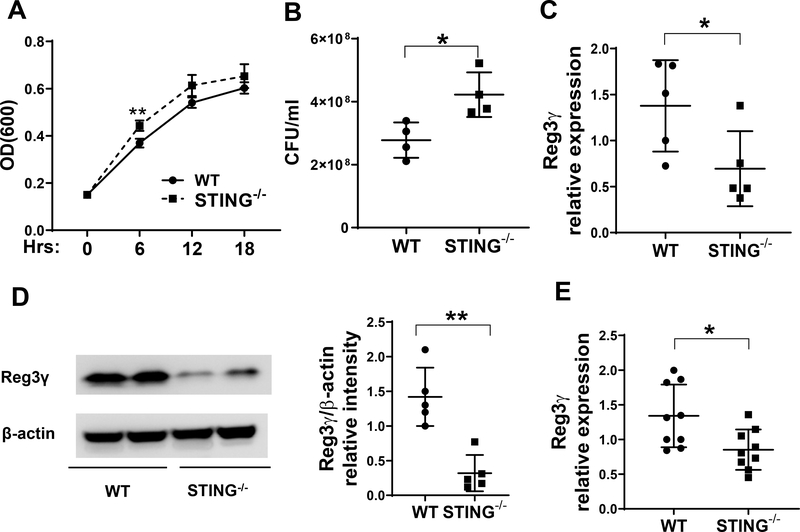Figure 2. STING−/− IECs show decreased REG3γ expression and impaired capacity of inhibiting Citrobacter rodentium growth.
(A-B) Citrobacter rodentium was cultured with the crude extracts of IEC of WT and STING−/− mice. (A) The OD values (600 nm) were measured at different time points. (B) Bacteria culture suspensions were added to solid culture plates for colony counting overnight after treated with the extracts of IEC at 6 hours. (C-D) IECs were isolated from WT mice (n = 5) and STING−/− mice (n = 5) under steady conditions. The expressions of REG3γ was determined by qRT-PCR and normalized against GAPDH (C), and by Western blot with β-actin as the loading control (D). (E) WT (n = 9) and STING−/− mice (n = 9) were infected with Citrobacter rodentium by oral gavage. Primary IECs were isolated 10 days post infection of Citrobacter rodentium. The expressions of REG3γ was determined by qRT-PCR and normalized against GAPDH. *p < 0.05, **p < 0.01. Data are represented as means ± standard deviation. One representative of 3 experiments with similar results was shown.

